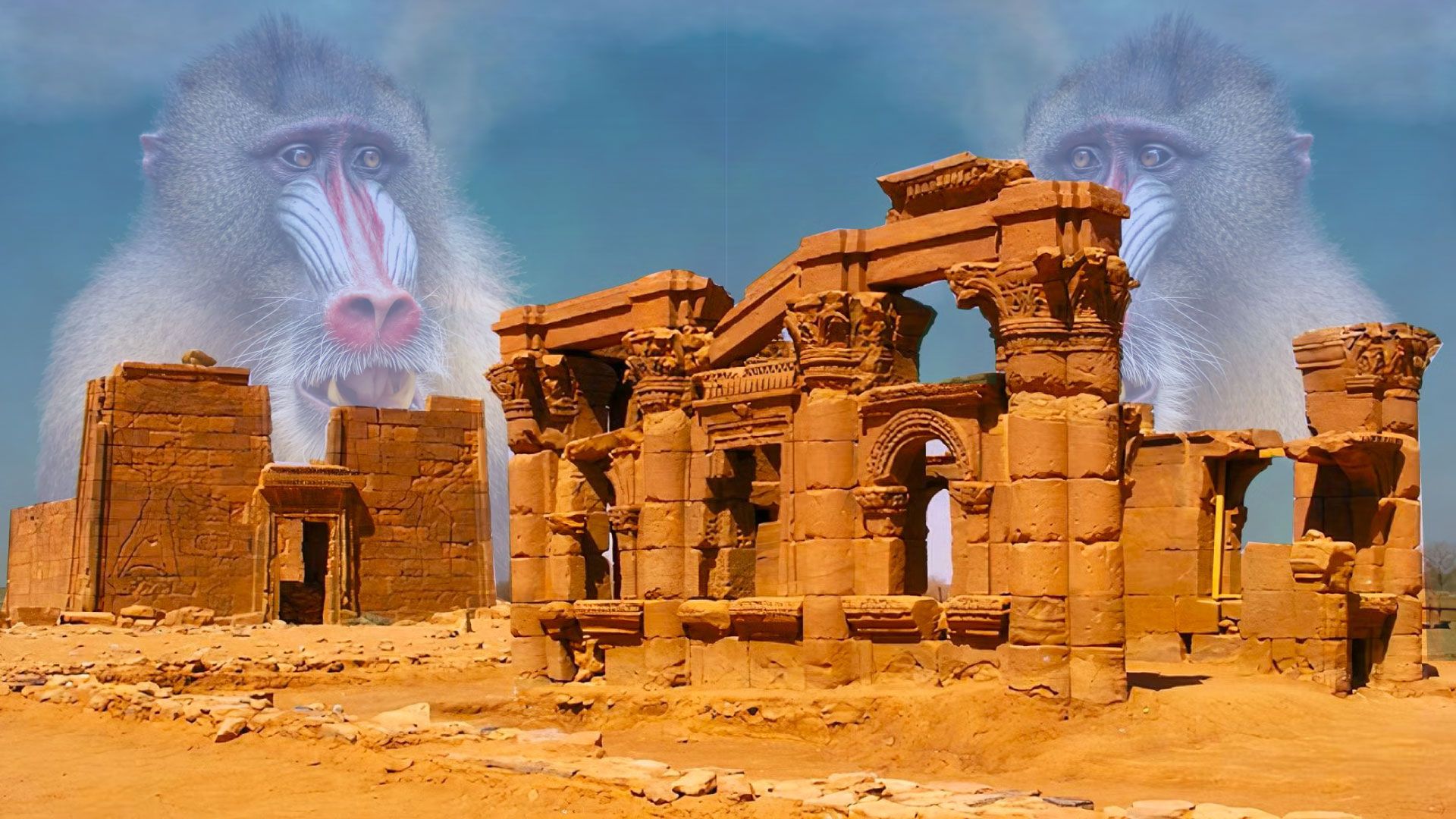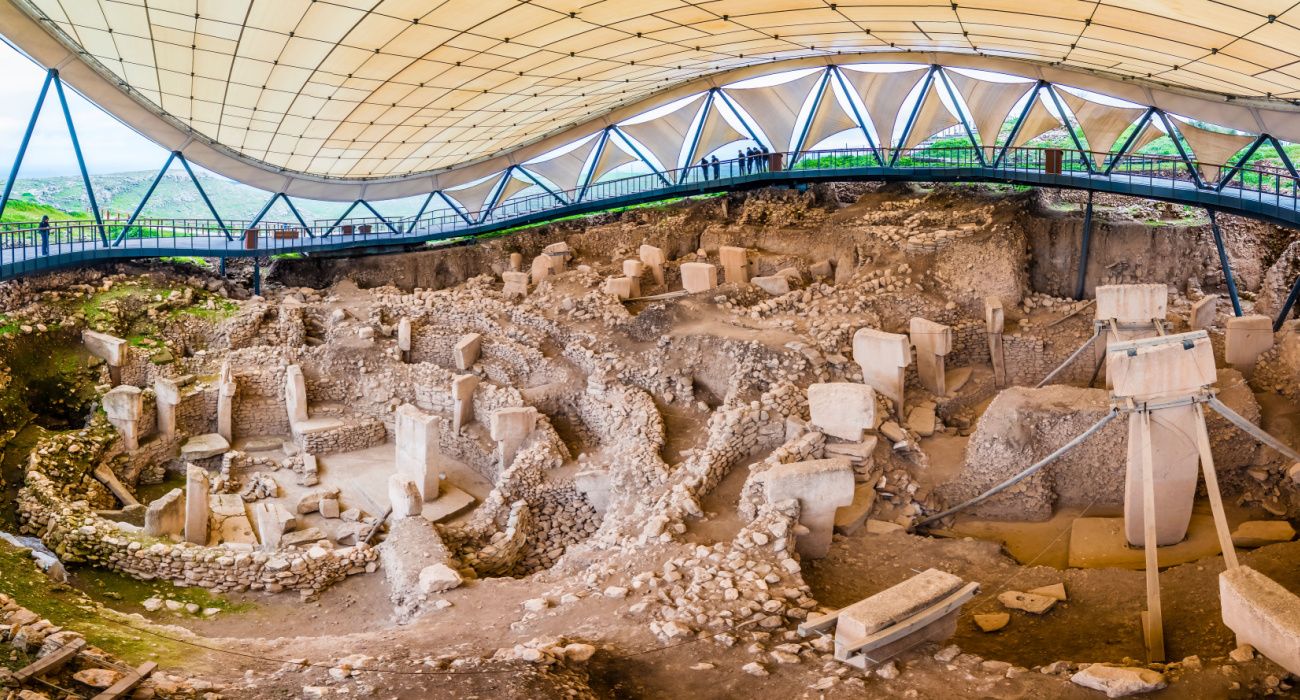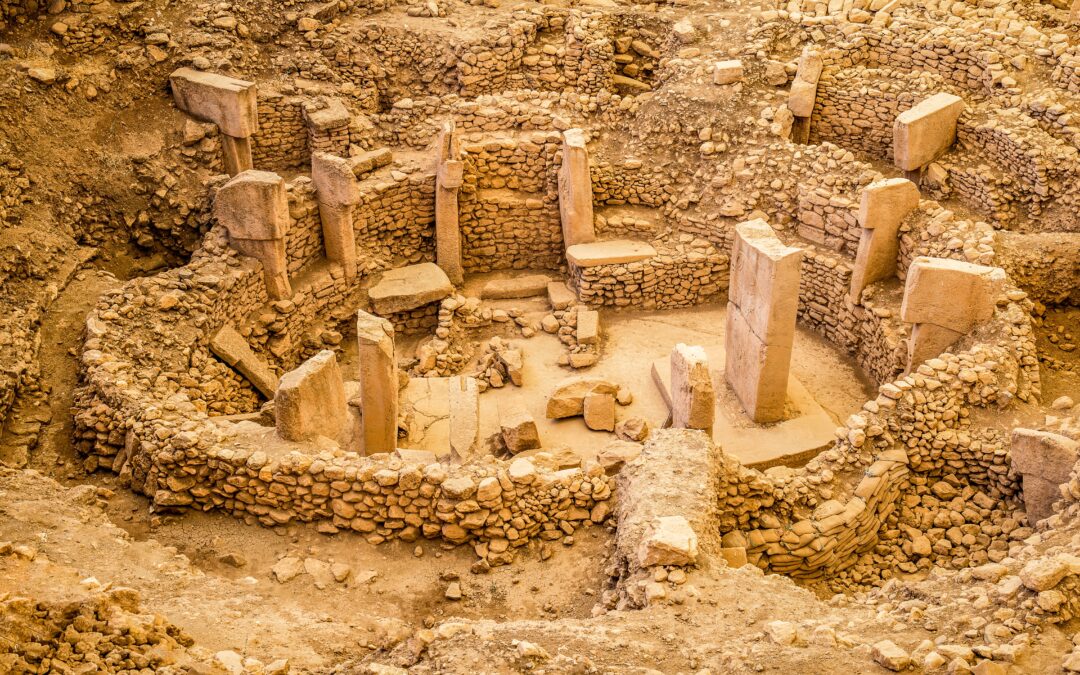Image a time when people have been determining fundamental instruments – no pottery, steel, or farming. Think about those self same folks constructing an enormous temple complicated lasting over 11,000 years. That is exactly what archaeologists discovered at Göbekli Tepe in Turkey, the world’s oldest-known constructing constructed by a civilization that was extremely advanced for its time.
This unbelievable discovery has archaeologists scratching their heads and rewriting historical past books. The world’s oldest-known constructing is not just a few pile of historical stones – it is a subtle architectural marvel that should not exist based on earlier theories about human civilization.
This complicated might need been constructed by one among the oldest civilizations in the world. Standing atop a hill in southeastern Turkey, Göbekli Tepe’s huge stone pillars and complicated animal carvings inform the story of individuals way more intelligent and succesful than anybody imagined. It is fascinating to discover what this development tells us about our previous.

Associated
How Baboons Led To The Discovery Of A Lost Ancient Civilization
Baboons have been commemorated by an historical tradition and the mummified stays of 1 has helped decide the placement of a misplaced civilization.
An Ignored Hill In Turkey Holds Historical Secrets and techniques Initially Ignored
Typically, the most important discoveries occur accidentally
Some archaeological discoveries happen by accident however result in huge modifications in how we see historical past. In 1963, archaeologists walked proper previous what would develop into one among historical past’s most necessary finds.
Taking a look at a bumpy hill in Turkey’s countryside, they shrugged it off as one other medieval graveyard. However 31 years later, German archaeologist Klaus Schmidt took a second take a look at that hill. His curiosity led to the invention that might change all the pieces historians thought they knew about historical civilizations.
The constructing was initially largely buried, because of the passage of time. Excavations have revealed a round complicated that confirmed exceptional planning and execution abilities.
From Quarrying To Inserting These Huge Stones Is A Marvel Of Engineering
Shifting mountains, one pillar at a time
After we take into consideration ancient construction mysteries, solving the Stonehenge mystery usually tops the table, however this complicated is simply as fascinating. The development of Göbekli Tepe stays a masterclass in Stone Age engineering that continues to baffle fashionable specialists.
The traditional builders labored with limestone outcrops, utilizing solely stone instruments to form and carve huge blocks weighing as much as 20 tons every. These grasp craftspeople managed to quarry these colossal stones, transport them a whole lot of yards uphill, and place them with exceptional precision to create round enclosures.
The pillars showcase unbelievable experience – every carefully shaped into a distinctive T-form, some standing 16 ft tall. Much more spectacular is the proof that these historical architects had the foresight to construct in phases, frequently sustaining and modifying their buildings over centuries of use.

Associated
Çatalhöyük & Göbekli Tepe: What To Know Of Turkey’s Ancient Stone Age Sites (& How To Visit Both)
Çatalhöyük & Göbekli Tepe are two of probably the most historical websites consisting of a proto-city and an early cultic website.
Intricate Carvings In Every Stone Inform A Story
This 11,000-year-old constructing demonstrates humanity’s inventive facet
The significant France’s Lascaux cave paintings are thought-about probably the most recognizable stone-age artwork however aren’t the one ones. The stone pillars of Göbekli Tepe function architectural marvels and historical canvases, coated in a mesmerizing array of carved paintings that has survived millennia.
These aren’t easy scratches or fundamental designs – they’re subtle reliefs depicting numerous animals in exceptional element. Fierce lions naked their enamel, foxes slink throughout the stone surfaces, and wild boars cost eternally frozen in limestone.
Above them soar expertly carved vultures and waterfowl whereas scorpions and snakes weave between the bigger figures. Most intriguingly, the animal carvings show no signs of wounds or hunting scenes, suggesting these photos held deep symbolic or religious significance slightly than mere looking trophies.
Some analysis means that the carvings point out a comet strike that led to a mini-ice age referred to as the Youthful Dryas, however this revelation continues to be contentious.
The Temple Complicated Suggests An Finish To Nomadic Existence
It rewrites the story of civilization as we all know it
The invention of Göbekli Tepe added one other archaeological website to historical past books and utterly remodeled our understanding of human civilization. Conventional theories declare that people wanted to develop agriculture and settled communities before they could build complex structures or develop subtle non secular practices.
Nevertheless, this website proves that hunter-gatherers have been able to way more complicated social group than anybody imagined. Constructing these huge buildings would have required hundreds of people working together, sharing widespread beliefs and objectives. This means that complicated non secular or social beliefs might need pushed people to quiet down and develop agriculture slightly than the opposite manner round.

Associated
Ancient Civilizations Kept These Surprising Creatures As Pets
Though many unique animals are unlawful to maintain as pets in the present day, folks from historical civilizations saved some shocking animals as pets.
There’s A Lot Extra To Study About The World’s Oldest-Recognized Constructing
The extra we discover out, the much less we all know
Regardless of many years of cautious excavation and research, Göbekli Tepe nonetheless retains most of its secrets and techniques buried. Floor-penetrating radar has revealed a minimum of 20 extra round enclosures hidden beneath the floor, with lower than 5% of the location at present excavated. Every discovery appears to lift extra questions than solutions. One of the biggest mysteries stays the location’s deliberate burial round 8000 BCE.
The traditional builders meticulously coated their magnificent creation with tons of dust and particles, preserving it for future generations however leaving archaeologists puzzling over their motivations. Whether or not this burial was a part of a sacred ritual, a sensible measure for preservation, or one thing else stays hotly debated amongst specialists.



Recent Comments